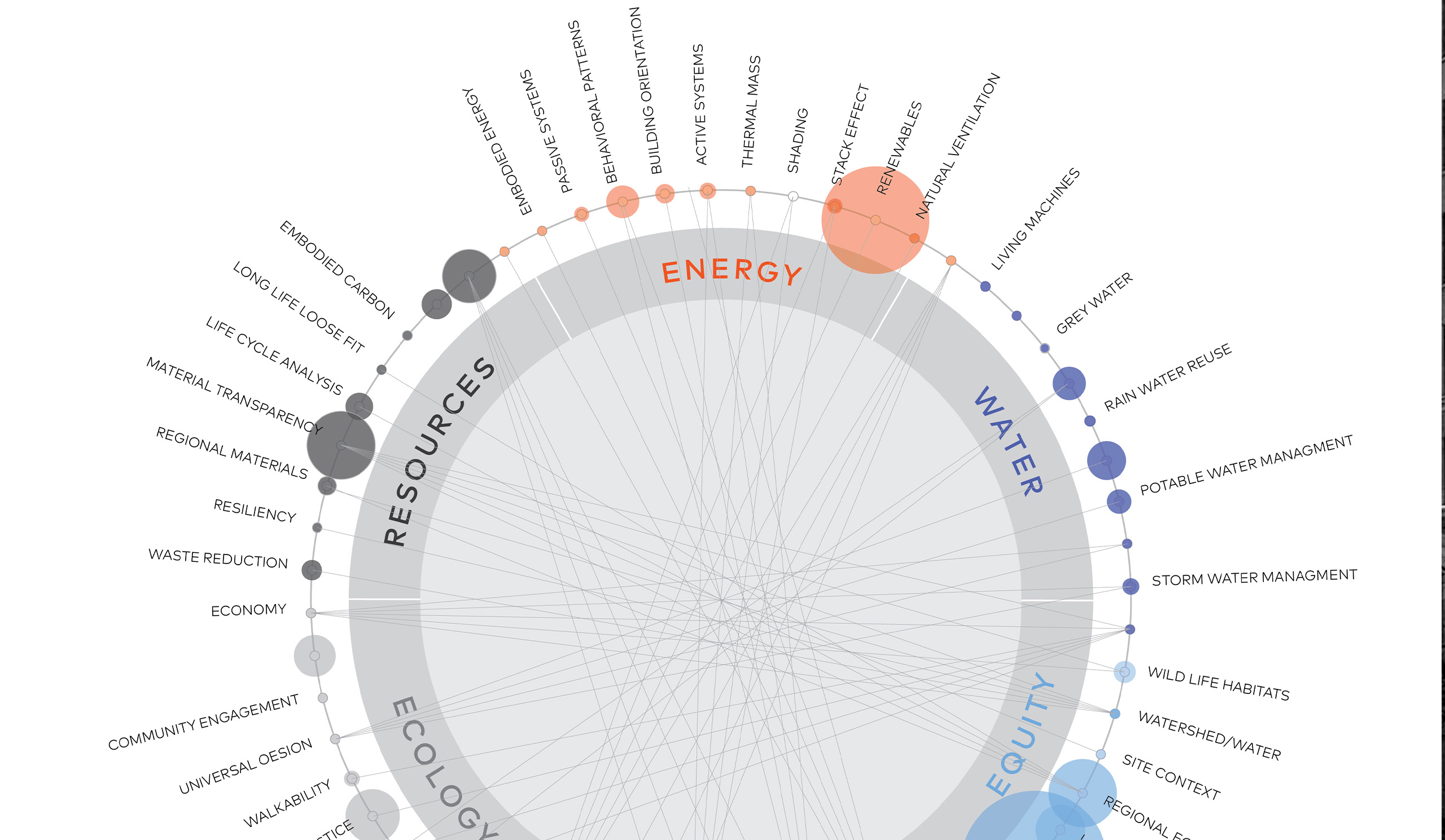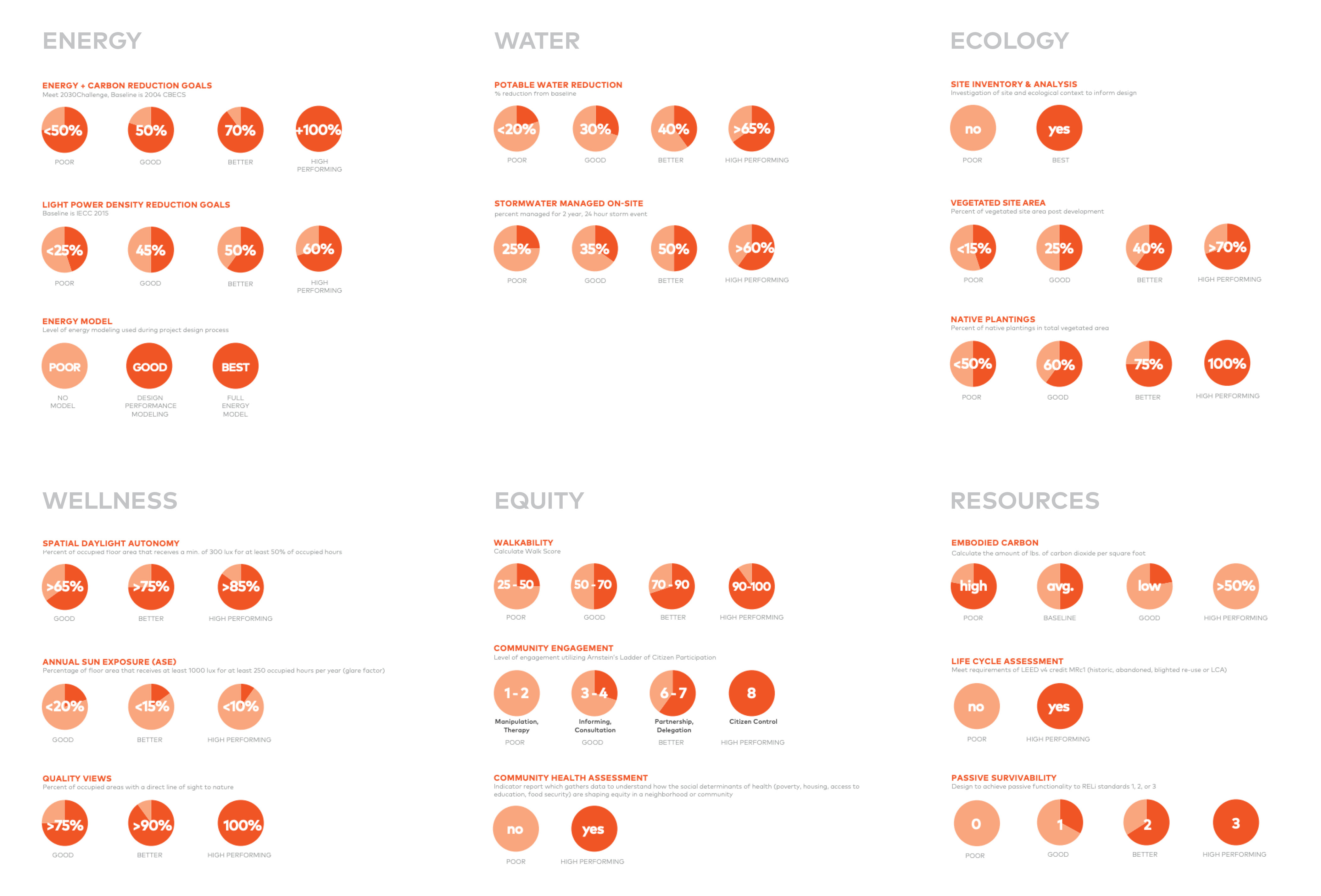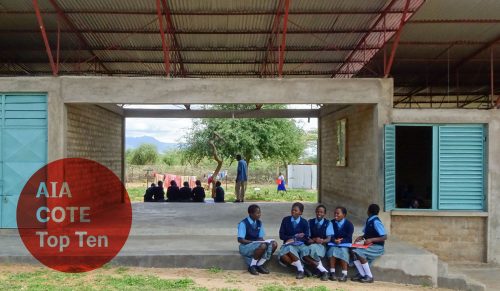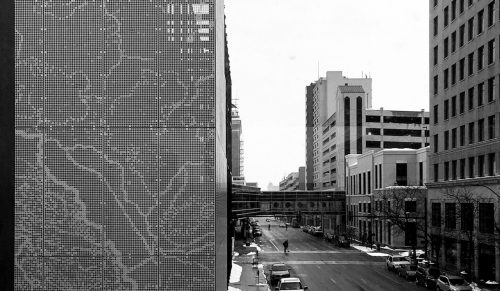
BNIM’s 2020 Sustainability Action Plan
BNIM has long been a thought and action leader in the green building movement, as outlined most recently in our letter of support for the Green New Deal. In anticipation of our 50th year practicing architecture, planning, and design, and as we look towards the future, we have redoubled our commitment to sustainable design by developing a clear, aspirational strategic action plan.
The BNIM 2020 Sustainability Action Plan is a systems-based approach to design, developed to further our mission of enhancing the human condition through our Human-Purposed Integrated Design (HPid) methodology. The HPid approach reflects a deep commitment to humanity as the origin of inspiration, and design innovation. Our ambition includes three long-term outcomes:
- Integrate our core values throughout our business
- Contribute to the social, environmental, and financial excellence of our people and projects (triple-bottom line)
- Solidify BNIM’s position as a local and global leader in sustainability
Using the United Nation’s decade-by-decade list of likely consequences of inaction to understand some of the specific global challenges that lie ahead, we began by focusing on the immediate challenges of on-site energy use and production, potable water use and recycling, and site and building climate resiliency.

Referencing the rating and measurements recommended by the AIA COTE 10 categories, LEED, JUST, the Living Building Challenge, REDi, UN Sustainable Development Goals, SEED, WELL, SITES, and more, we developed a series of categorical measures to apply systematically to current and past projects, as well as our operational practice. These categories include energy, water, equity, wellness, ecology, and resources.

Each category contains a series of goals by which to measure the success of a given project or design. Each goal has been set with a longer vision in mind, such as steadily increasing our embodied and source carbon goals and incorporating passive survivability and “islanding” capabilities into our projects.

Energy reduction and production is our highest priority as a firm. Our goal is to provide Net Zero and Net Positive, or regenerative, projects by 2030. We are using this goal to set the pace for gradual improvement to all other project goals, which will allow us to think holistically about the way we practice architecture as an organization. We have carefully tracked our firm-wide project energy performance over the past decade (through the lens of the AIA 2030 Challenge) and are using this data to make strategic improvements in our design approach.
By leveraging our collective knowledge and backgrounds combined with new research to guide our approach to green design strategies within the built environment, we hope to reset the pace for our industry. Our holistic approach to sustainable design will redefine who we work for, how we do our work, and what a plan or building or site can do for our clients and our global communities.
BNIM’S 2020 SUSTAINABLE ACTION PLAN TEAM INCLUDES JOYCE RAYBUCK, JEREMY KNOLL, GRETCHEN HOLY, RYAN MCCABE, JEREMY NELSON, KATIE NICHOLS, DANA SORENSON, ADAM WIECHMAN.

